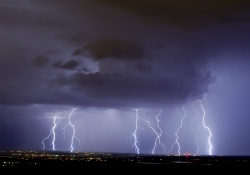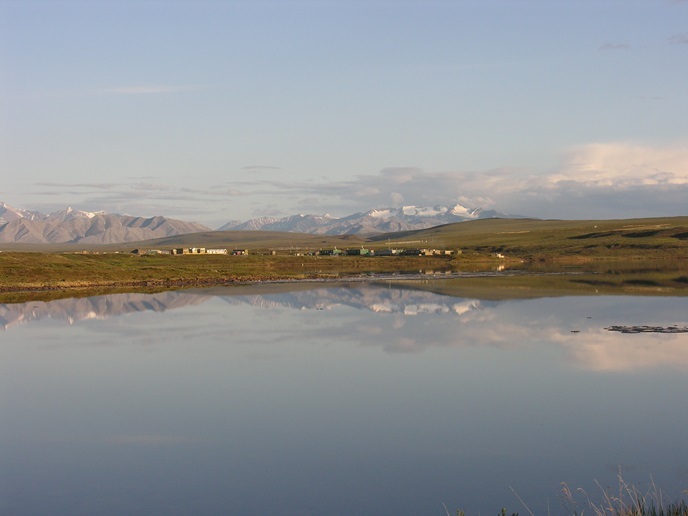In-depth analysis of long-term trends for severe weather and climatic events
Scientific research continues to look into the causal link between catastrophes and weather and climate. One focus is on the short-term prediction of extreme events by weather forecast providers. Another concerns detecting and attributing anthropogenic climate change (global warming) to the past, and on assessing potential changes to extreme event behaviour and characteristics for possible future climate developments. Exploring the potential of future climate developments More insight is needed on variability steering factors and processes involved in modulating the frequency and intensity of extreme events on timescales ranging from days up to 30 years and beyond. With respect to mechanisms steering the variability of extreme events, knowledge of decadal (natural) variability that interacts with potential long-term anthropogenic climate change will be crucial in providing reliable information to stakeholders and end users from industry and society. ‘Such information is important as it could be linked to long-term anthropogenic forcing factors,’ says principal project investigator Dr Gregor Leckebusch. ‘This will provide more realistic estimates on potential extreme event behaviour for the coming decades until the middle of the century.’ The EU-funded EVE (Extreme events variability over Europe) project explored causes for the variation in different timescales during meteorological and climatological extreme events over the European and North Atlantic regions. It focused on severe extra-tropical cyclones as the major meteorological hazard to Europe. For beyond 2040, scenario-based simulations were studied to determine estimates on long-term developments. In addition, the project estimated the damage potential of wind storms on various timescales. Predicting extreme event scenarios over time EVE extensively investigated various timescales, from a few days up to decades, involved in the development of extreme events. According to Dr Leckebusch, such analyses delivered notable results that have already drawn interest from the finance industry. ‘Being able to predict frequencies of severe winter storms in Europe a season ahead can have an immense impact on the financial sector, especially the insurance industry,’ he explains. A model was also developed to predict the amount of clustering of damage-prone windstorms and European heatwaves. The project showed that well-known variability modes such as El Niño-Southern Oscillation in the Western Pacific need to be supported by additional anomalies in order to have an impact on the storm activity over the North Atlantic-European sector. ‘This understanding is fundamental to the development of more conceptual models for tropical and extra-tropical interactions with respect to extreme events,’ notes Dr Leckebusch. ‘This could be further developed into early warning types of extra-tropical storm activity estimates.’ By analysing historical trends derived from different state-of-the-art reanalysis data, EVE demonstrated the necessity for further studies into the drivers of multi-decadal variability. In particular, long-term trends before the 1970s are sensitive to these data sets. ‘We contributed to the discussion and identification of historical trends in storminess,’ adds Dr Leckebusch. ‘The insight gained from EVE should help to provide more realistic estimates for needed adaptation strategies for anthropogenic climate change impacts, and their timely planning and introduction,’ concludes Dr Leckebusch.







